Secret Suburb: Explore the diverse community of St Peters
THERE is a lot more going on in the Sydney suburb of St Peters than first meets the eye. Jenifer Jagielski takes a closer look at this surprisingly diverse and historic area.

NSW
Don't miss out on the headlines from NSW. Followed categories will be added to My News.
THERE is a lot more going on in the Sydney suburb of St Peters than first meets the eye. Jenifer Jagielski takes a closer look at this surprisingly diverse and historic area.
History: Industry and gentility
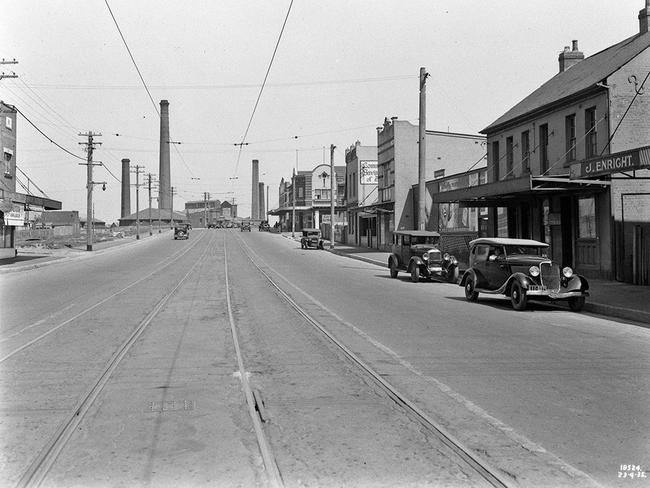
HEADING out of town along the Princes Highway, it’s hard to miss the iconic chimneys of St Peters perched on the edge of Sydney Park.
In the 1870s St Peters was a major brickmaking centre and these huge chimneys remain as a reminder of the inner west suburb’s industrial past.
In the mid 1800s, layers of brickmaking shale were discovered which brought in an influx of workers to the area. The main factory was closed after World War II leaving only the chimneys and the massive shale pits behind.
The pits would later be used as a rubbish tip up until the 1980s. They were then covered over and vegetated forming what is now Sydney Park.
But before this industrial boom St Peters was considered one of Sydney’s aristocratic areas, with its large mansions along the Cooks River.
The suburb got its name due to its association with St Peters Anglican Church which was built in 1838 and is Sydney’s third oldest church.
St Peters is now seeing an influx of creative entities and new business ventures that have been priced out of the city fringe suburbs.
May Lane: Secret language of the street
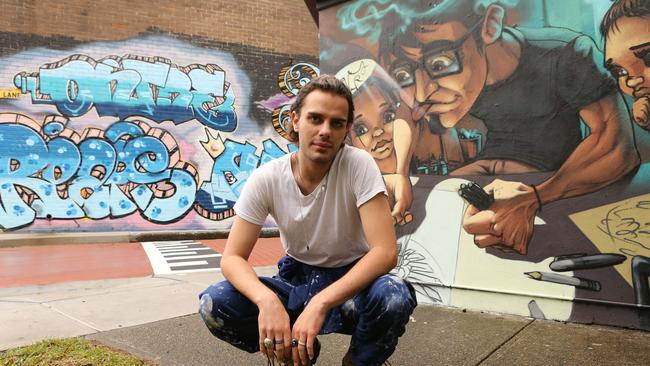
WALK down May Lane and you’ll be inundated with colour from every angle while catching a whiff of spray paint fumes.
The average person might see nonsensical words written in garish bubble letters but to an informed observer it’s quite intricate.
“It’s a dialogue between other people, not the general public,” says Josh H-G Kerr, an street artist who is getting his Masters degree in Art from the University of Sydney.
“It’s not the actual words they write but the style.”
While it may not be true elsewhere, Josh explains that there are some unwritten rules on May Lane. You can tag almost anywhere but you need to work your way up to paint on the “big wall”.
Some elaborate pieces with characters aren’t to be painted over — ever — and if a space is untouched, it means the owner doesn’t want it tagged and that is respected.
Garden Life — Making your garden great
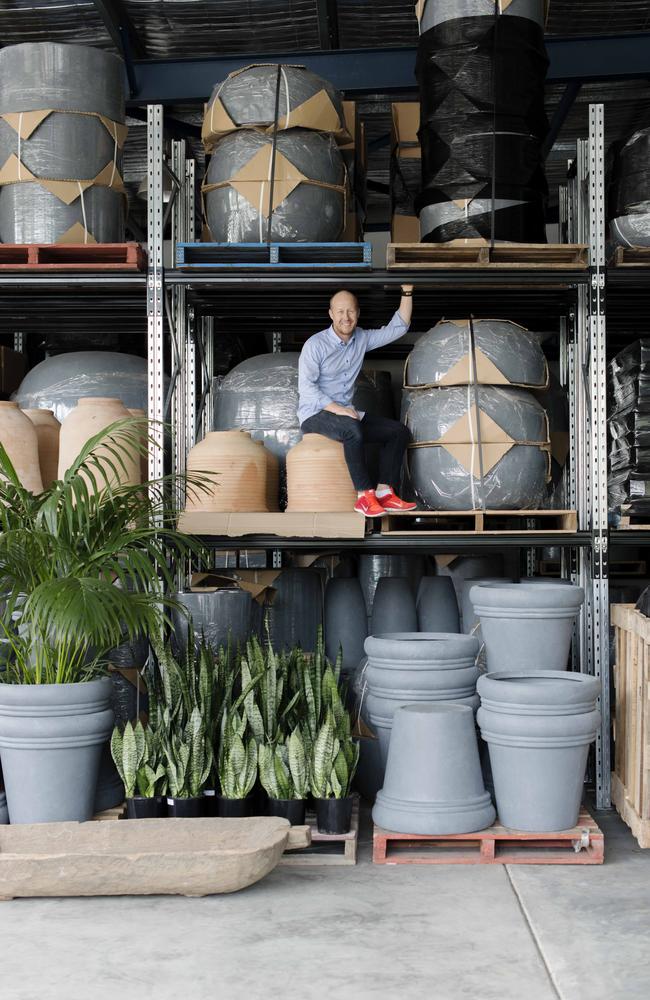
BEHIND the Turkish planters filled with robust flora and fauna is a man looking to “change the way we look at outdoor spaces.”
While he’s renowned for designing some of Sydney’s most beautiful landscapes, Garden Life company director, Richard Unsworth is keen to introduce herb and veggie producing edible gardens to urban balcony spaces.
Richard takes his “green” approach even further by holding markets in the warmer months, featuring locally sourced produce, including some from former Longrain chef, Martin Boetz’ own Hawkesbury farm.
My Place Tour: Walking history
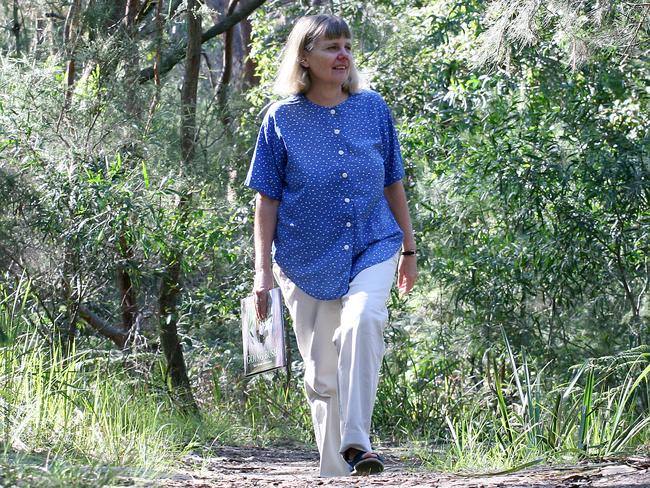
HAVING spent a number of years living in St Peters, Nadia Wheatley used the area as an inspiration for her award winning children’s book, My Place.
Life-long St Peters resident, Laurel Horton and local historian uses the book as an outline for her popular Guided Walking Tours of the area, including a quick visit to the St Peters Anglican Church’s graveyard where she tells the story of Elizabeth and Joseph Hilton — both bare-knuckle fighters.
The Drink Cabinet: Enjoy a drink
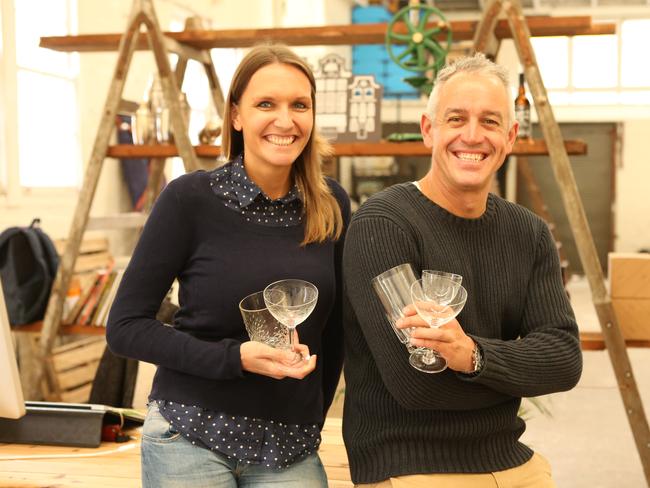
WITH an array of niche bars opening up around Sydney, it’s become a tough ask to stand out from the crowd.
For Jason Crawley, Managing Director of The Drink Cabinet, finding that differentiator isn’t about following current trends but rather revisiting the cocktails of the past, adding “It’s about bringing it back to the actual drink”.
And it seems there are many who agree.
Jason and the company’s director, Dylan Howarth are regular speakers at industry trade events talking about both specific spirits and the history of cocktails.
Jason and Dylan also emphasise that to truly appreciate a drink, it needs to be served in the right glass, explaining how the use of petite stemware for aperitifs is actually quite logical.
Since the drinks are quite strong and not served with a heap of ice, the bowl is made quite small.
The stem is not just a pretty add-on, it’s also practical as by holding it, rather than holding the bowl, it helps keep the drink from getting warm.
The Society Inc: Inspired by world of design
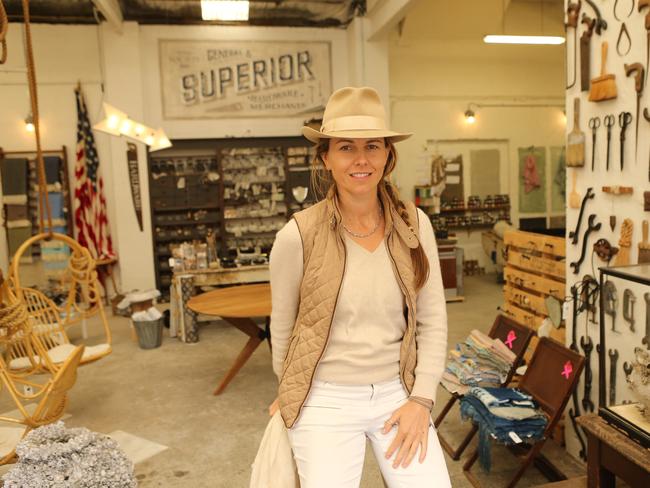
IN an industrial chic space the size of an urban playground, renowned interior stylist Sibella Court has set up her design studio and warehouse, The Society Inc.
The hardwood floors and vintage nautical curiosities seem perfectly suited to a lazy weekend at a seaside cottage in the Hamptons.
“I start every project with a story,” Sibella said, noting that things like old buildings and local legends, may already provide the first chapter; the rest comes through plenty of research.
With a degree in history from the University of Sydney, research is one of the parts that Sibella really loves.
She scours surveyor maps, delves deep into forgotten archives, and frequents specialised museums.
For Palmer & Co, a basement bar built around 1850 she went about finding “what that part of Sydney would have been like”.
She learned it had been a rather rough neighbourhood.
She then went to the Police & Justice Museum to figure out “the type of people that would be hanging around outside” and more specifically what they wore.
She discovered they were some of the “best dressed crooks” and says the interior she designed would suit them just fine.
Woodworking
LOOKING for a more “tangible creative process” led Stuart Faulkner to woodwork.
He started the Heartwood Creative Woodwork as part of Splinter Workshop, a collective based in the old Taubmans Paint factory.
Classes are “designed to develop hand skills” and introduce students to the machinery.
More experienced students might make “contemporary furniture and the occasional surfboard” using advanced techniques like laminating and veneering.
Park Run
The first park run consisted of barely a dozen people running a 5km route.
Since then, over 700,000 people in locations around the world, meet up for a free, organised group run.
To participate, runners join online and receive a barcode. This is then used to record your time — at any park run around the world.
Unlike other organised runs, these aren’t competitive — there are no winners or prizes.
“It’s an energising start to your Saturday morning,” says park run regular Leah. “It always amazes me how many people show up for this community-run event.”



